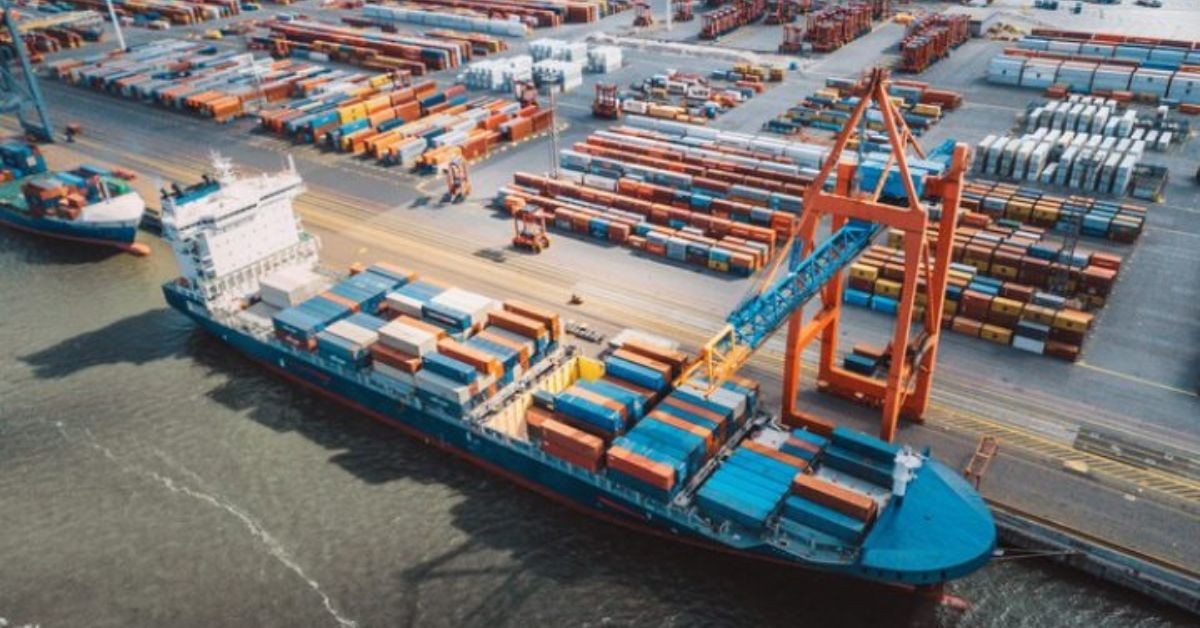The widespread shortage of empty containers in Asia will compel shipowners to use their greater bargaining power to finally slash free time, the number of days a beneficial cargo owner is given to return a container to the owner, Stephanie Loomis, Vanguard Logistics Services vice president, said during a panel discussion at the virtual TPM conference.
“I expect that to be across the board. For years they’ve always threatened that they are going to pull back on giving free time given to BCOs,” Loomis said. “I think they are so strongly in the drivers’ seat this year that this may finally be the breakthrough.”
Contracts that were settled early between some shippers and shipowners had their free time cut from around 10-14 days down to six-seven days, M&R Forwarding and Multi-Container Line General Manager James Caradonna said in the panel discussion.
“It’s about carriers having a greater ability now to control their assets,” Caradonna said. “The more turns they get on the equipment, the greater the return on the investment for them.”
But Loomis said this change is not unreasonable considering that equipment shortages and port congestion that have led to widespread delays on cargo delivery, particularly for trans-Pacific trade lanes.
“In order to put some pressure on rate levels not going too high, the best thing you can do is give something back to the carriers that will in turn help them,” Loomis said. “The days of having 14 or 21 free days on a container, you can do better.
Peak season surcharges back with full force
Shippers will also face the potential addition of peak season surcharges in their contracts with immediate effect, even for those BCOs that were never before subject to those surcharges, Caradonna said.
The peak season for container shipping is typically the August-October window before year-end holidays, but US imports volumes from Asia have hardly eased at all since that period.
“We see the return of the peak season surcharges in full force this year,” Caradonna said. “We believe many BCOs that never paid a peak season surcharge will have a peak season surcharge clause in their contract this year.”
With container spot rates at record levels, smaller- to medium-sized shippers are mitigating their cost risk by increasing their contract volumes this year with non-vessel owning common carriers rather than directly with shipping lines, said John Westwood, senior manager for transportation practice at Chainalytics.
Platts Container Index was assessed at $4,226.32/FEU on Feb. 26, an increase from more than 300% from the same date one year ago.
“I haven’t seen any push for longer term contracts,” Westwood said. “Maybe shorter-term contracts because long term contracts are only favorable to carriers right now.”
Shippers may also seek to procure a greater share of their freight requirements from the spot market if they expect rates to drop from multi-year high levels later this year as equipment shortages ease.
“The spot market is still going to play a very central part,” Caradonna said. “Even if it means getting $50, $100 or $200 below their contract rates, we’re probably going to see a lot more spot activity than we’ve seen before.”
Source : Sp Global







